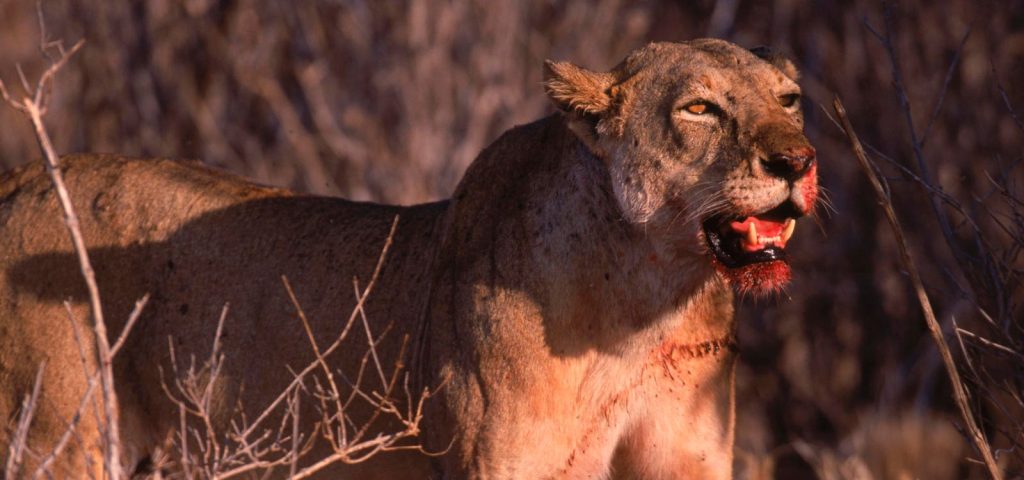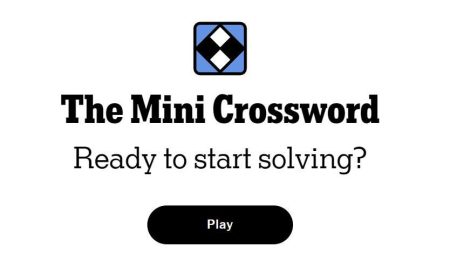In the late 19th century, two lions unleashed terror on the workers tasked with the construction of the Kenya-Uganda railway. Known as the “Man-eaters of Tsavo,” this pair of predators reportedly killed and consumed over 30 workers in just one year.
The culprit lions, unusually, were maneless—a feature associated with the environmental pressures of the arid region of Tsavo. The killings raised intriguing questions about why they turned to human prey. Were they desperate due to the scarcity of their usual prey? Or was it an evolutionary anomaly triggered by specific conditions?
This is a tale of survival and horror that not only captured the public’s imagination and provided a unique lens through which to study predator behavior.
The Kenya-Uganda Railway And Its Predator Problem
The construction of the Kenya-Uganda Railway was fraught with challenges, from the harsh landscape to disease outbreaks. But when the pair of lions, now known as the Ghost and the Darkness, came into the picture in 1898 they quickly became the biggest threats.
Over nine months, these big cats systematically attacked workers’ camps at night, dragging victims—who included African laborers, Indian railway workers and even camp supervisors—into the darkness. Panic spread quickly and workers started abandoning the project in droves, earning the railway the grim moniker of the “Lunatic Line.”
Lt. Col. John Patterson, the engineer in charge of the railway’s construction, took it upon himself to solve the crisis. He built traps and fortified enclosures but the lions proved remarkably cunning, evading capture time and time again. He eventually resorted to hunting them using a combination of elevated platforms and bait.
The first lion was finally killed after several nights of waiting, following a close encounter that almost cost Patterson his life. The second lion proved even more elusive, evading traps for three weeks before being shot.
What Drives Lions To Prey On Humans?
By the time the killing spree was put to an end, some estimates put the number of victims as high as 135. While lions generally prefer large ungulates like zebras and wildebeest, ecological disruptions can force them to seek alternate food sources—in this case, humans.
For the lions in question, a combination of factors likely played a role. Researchers suggest that a rinderpest epidemic (an infectious viral disease that affects cattle) had decimated local herbivore populations, leaving them with fewer prey options. Additionally, the worker camps provided an abundant, albeit risky, food source consisting of poorly buried corpses and vulnerable workers.
Behavioral studies also highlight that lions living near human settlements are more likely to adapt to preying on humans when other food sources are scarce.
Why These Tsavo Lions Are Unique
Tsavo lions are known for their distinctive physical and behavioral traits. Their manelessness, as mentioned previously, is an adaptation to the region’s hotter climate that may reduce overheating and improve their ability to move through thorny vegetation.
They are generally more solitary than the social prides of other African lions. This solitary behavior is reflected in their hunting strategies, which often rely on stealth and patience rather than group coordination.
The Tsavo man-eaters in question also exhibited remarkable boldness and a lack of fear of humans. Lions typically avoid humans but these predators displayed an unusual level of aggression. It’s an anomaly that has fueled much speculation, including theories about environmental stressors, territorial pressures and even changes in their neurobiology.
Dental analysis of Ghost and Darkness revealed significant wear and injuries, suggesting one or both had difficulty hunting traditional prey. These findings align with observations of other carnivores that turn to humans when physically compromised.
DNA from compacted hair found in their tooth cavities also revealed that in addition to humans, they also fed on zebras, oryx, waterbuck, wildebeest and Masai giraffe. This would suggest that they switched between hunting their natural prey and humans.
Lessons From The Tsavo Lions
The story of Ghost and Darkness serves as a stark reminder of the complex interplay between humans and wildlife. Habitat encroachment, environmental changes and human activity often create scenarios that increase conflict.
While lions remain a symbol of wilderness and power, their survival increasingly depends on how well we understand and mitigate these conflicts.
Today, conservationists emphasize the importance of preserving natural prey populations and reducing habitat destruction. The Tsavo lions’ tale underscores the need for a balanced coexistence, where the needs of both humans and predators are addressed.
Does the thought of man-eating lions stalking and killing human prey evoke a sense of dread that you can’t seem to shake? Take this test to find out if you have “zoophobia”: Fear of Animals Scale
Read the full article here










